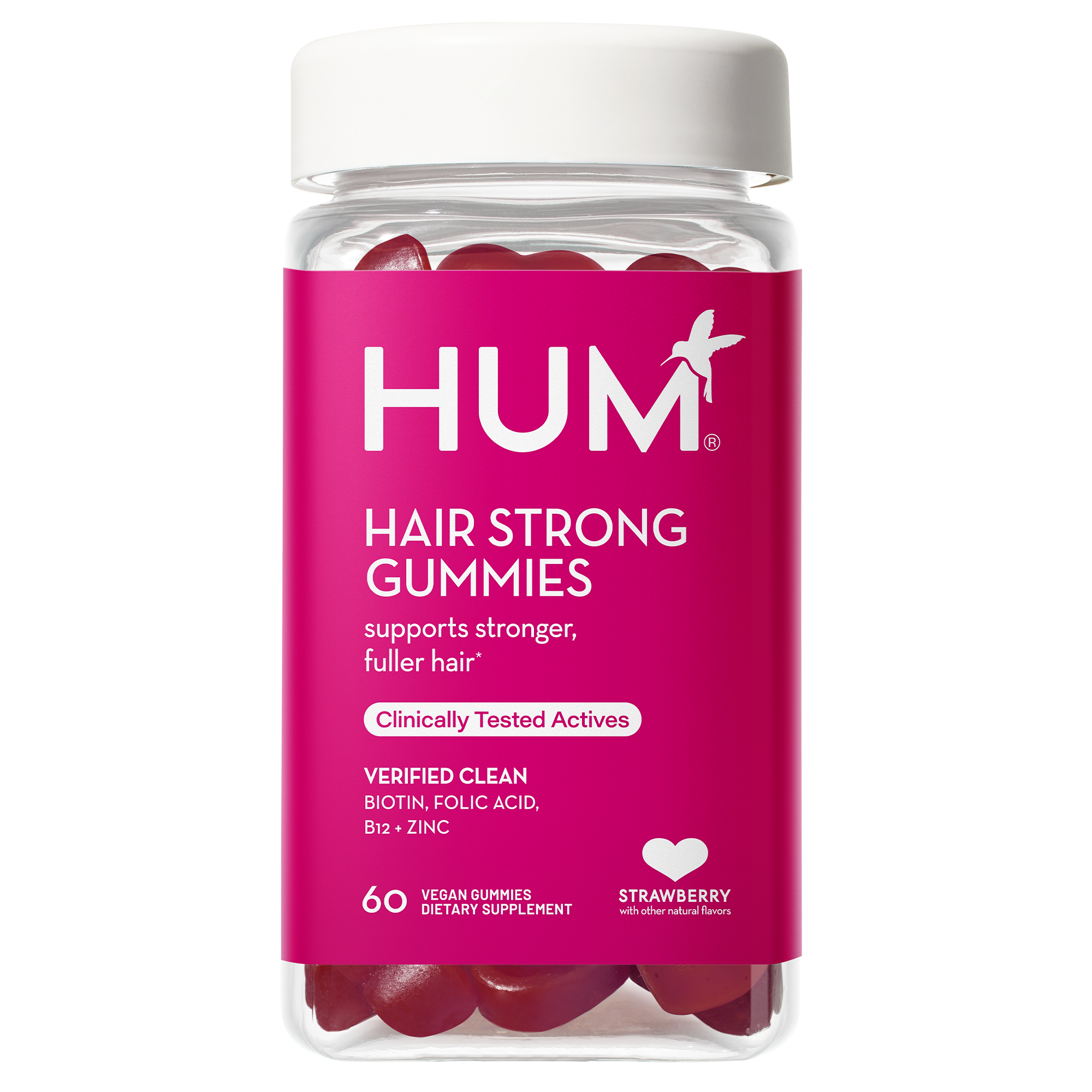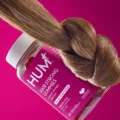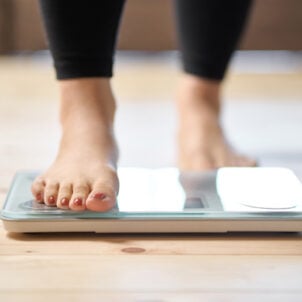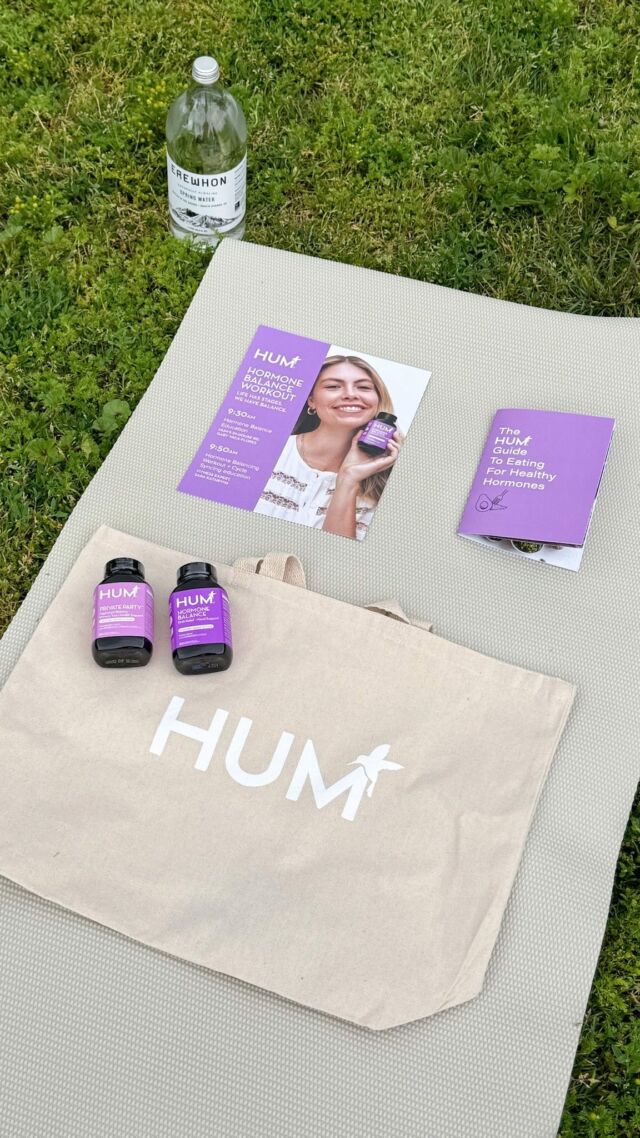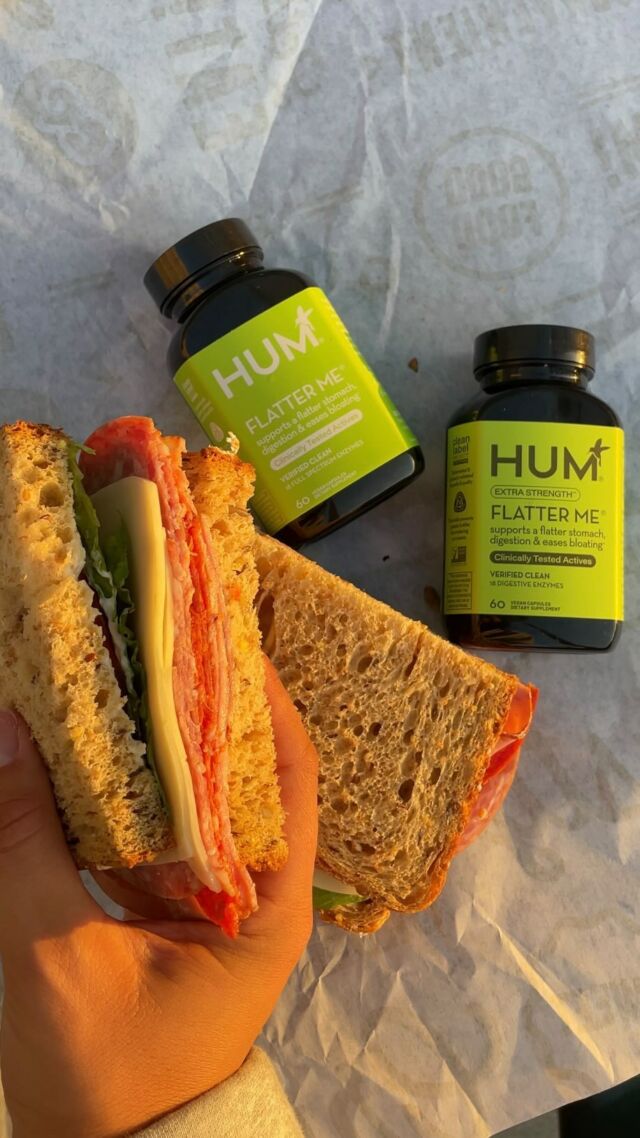TikTok is full of beauty tips, tricks and hacks. And, right now, TikTokers are obsessed with not washing hair on a regular basis. Also known as hair training or hair cycling, this trend is all about achieving your best-looking and healthiest ‘do yet, sans a rinse and repeat. Essentially it’s a “how to wash your hair”!
“Hair training refers to the idea of reducing the frequency of shampooing to bring the hair and scalp to a natural, balanced state,” Dr. Marisa Garshick, a board-certified dermatologist, explains. According to TikTok, this so-called “balance” is about reducing oil buildup and preventing potential stripping of natural—and necessary—oils when washing hair regularly.
But, here’s the thing: The hair training trend on TikTok (which currently has 168.2 million views) doesn’t refer to washing hair once a week. Instead, it highlights the benefits of washing hair once a month with dozens of videos showing how people train hair to wash less over extended periods of time to achieve that desired balance. So, does hair training actually work? Keep reading to find out if this TikTok trend is worth the hype, plus the best hair training tips and tricks to try.
Does Hair Training Actually Work?
While hair training sounds amazing in theory, it might not be ideal for all hair and scalp types. Garshick notes that, in some cases, hair training can actually help those with dry hair and scalps since “washing too often or too aggressively may actually dry out the scalp and hair.” However, Garshicks says those with oily hair might require more frequent washes to lift away excess oil and keep the scalp fresh and clean. “Oily scalp can result from not washing the hair enough, which is why not washing the hair can actually make it worse,” she explains.

In addition to scalp conditions, hair types are also worth considering. Those with thicker and coarser hair might be able to get away with not washing hair as often because these hair types tend not to get as affected by oil production. Meanwhile, those with fine hair might experience a more weighed-down effect caused by greasy and dirty hair, especially at the roots.
Before trying the hair training trend, it’s worth consulting with a dermatologist to find out if your hair and scalp are good candidates for the technique. This is especially important for those with oily scalps and strands as this can sometimes correlate to a condition called seborrheic dermatitis, which Garshick says results in red, greasy, itchy, scaly plaques on the scalp and requires regular washing to help prevent a buildup of oil and flaking.
Additionally, not washing hair for long periods of time also means that the dirt, debris, and product buildup accumulated on the scalp and strands stay on the scalp and strands. As a result, the scalp might become more irritated and inflamed, causing itchiness and, in some severe cases, hair loss.
for hair training, How Long Can You Go Without Washing Your Hair?
Most haircare experts don’t recommend washing hair daily as doing so can strip strands and the scalp of natural oils. Similar to skin, this puts oil production into overdrive and causes them to produce even more oil. However, washing hair too infrequently also has its downsides and might not be a good fit for every hair and scalp type.
So, how long can you go without washing your hair? If you have dry, thick, or coarse hair, you might be able to get away with washing hair around once a week. Those with fine or oily hair might require more regular washing, and somewhere between every two to three days is more ideal.

Hair Training Tips and Tricks
If you are a candidate for hair training, there are a few hair cycling tips and tricks to consider in order to benefit from this haircare hack.
Reduce Product Usage
Before ditching the shampoo, it’s worth reducing product usage a couple of weeks before starting the cycling process. This will allow you to get a good idea of your true hair type (some hair styling products can actually make hair seem dryer than it really is) and keep product buildup at bay when trying the cycling trend.
Choose a Shampoo and Conditioner Duo for Your Hair Type
Using a shampoo and conditioner duo specifically formulated for your hair type can make or break this experiment. Formulas designed for dry and damaged strands might be too hydrating for oily or fine hair types and, as a result, cause hair to look more weighed down and feel greasy faster.
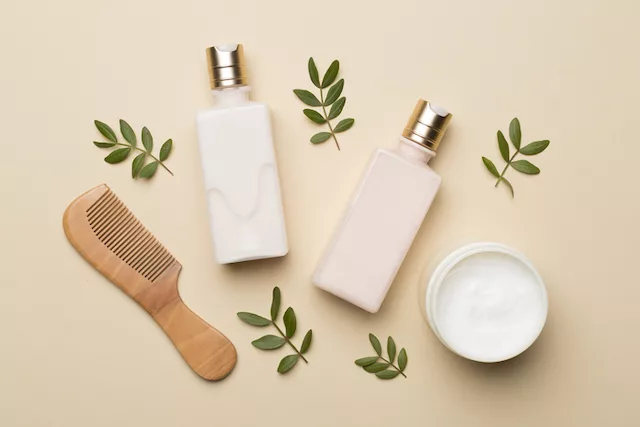
Incorporate a Hair Mask
If your ends tend to feel a little dry, consider adding a hair mask when washing your hair. This can help provide deep nourishment to parched strands and make hair look and feel healthier.
Use a Silk Pillowcase
No matter what your hair washing schedule looks like, silk pillowcases are always a good idea. Silk helps reduce friction and doesn’t absorb moisture in the same way that cotton and linen can. That means that all of the natural oils on your strands actually stay on your strands and your hair appears less frizzy with less breakage, too.
Note: Always wash your silk pillowcase regularly, especially when training hair. Since you wash less frequently, hair will likely have more dirt and debris that come in contact with your pillow and potentially cause acne or skin irritations.
Brush Hair Regularly
Brushing your hair is important not just for styling or keeping knots at bay but also for distributing vital natural oils from the roots to the ends. Reach for a boar bristle brush and give your hair a little comb-through for up to two minutes daily. Doing so can help you draw oils from the scalp to the ends and can promote healthier strands, especially for those with dry hair.
